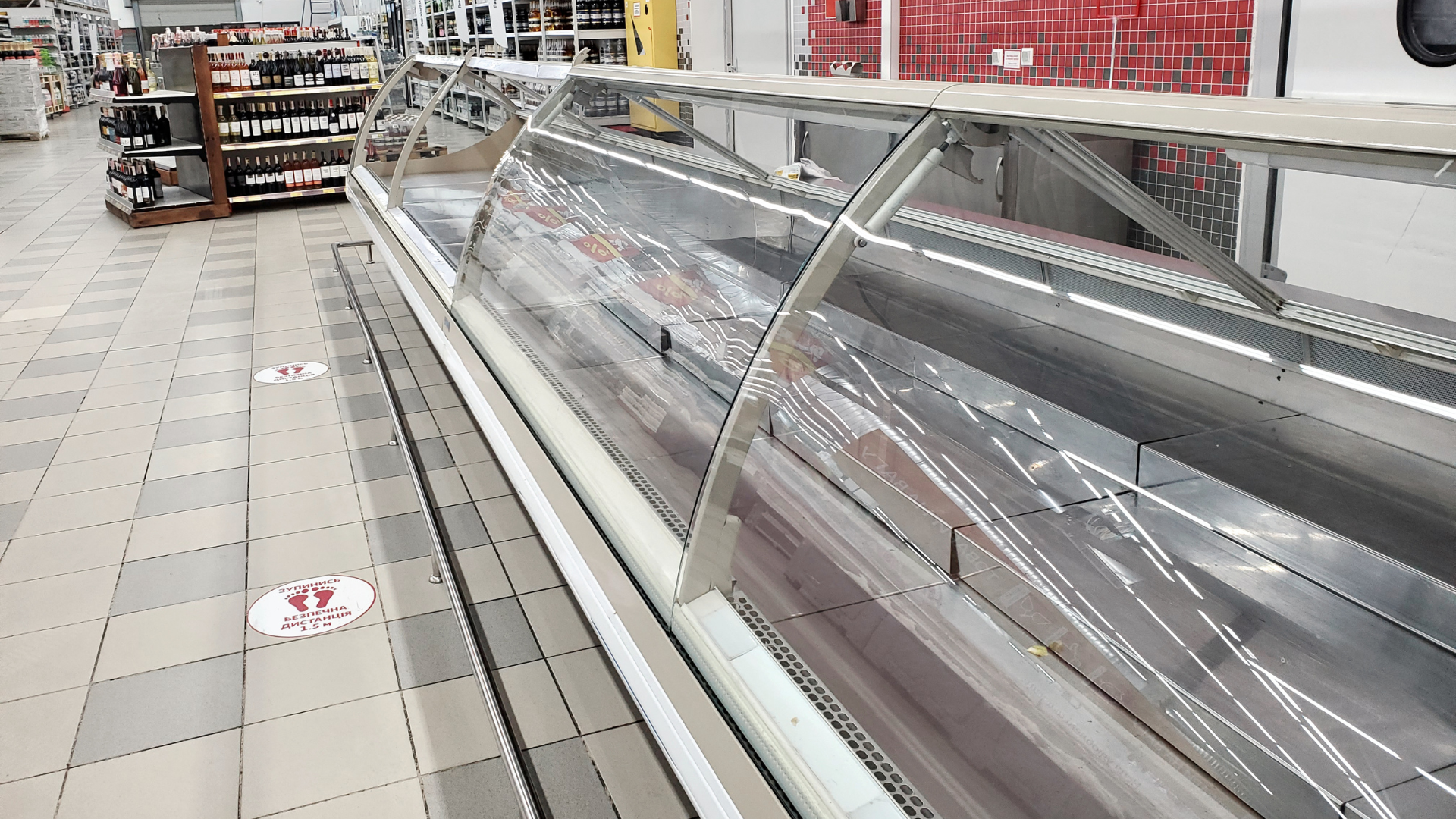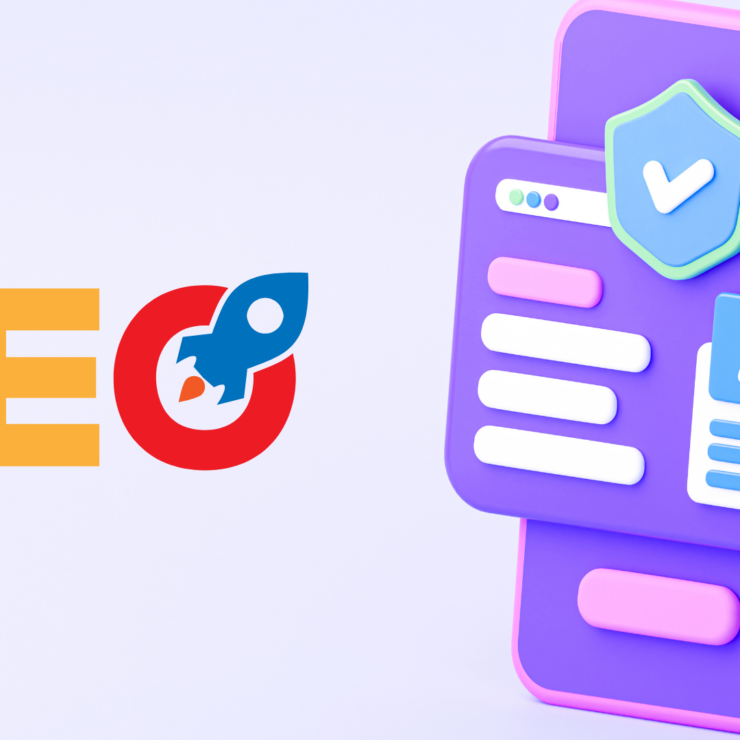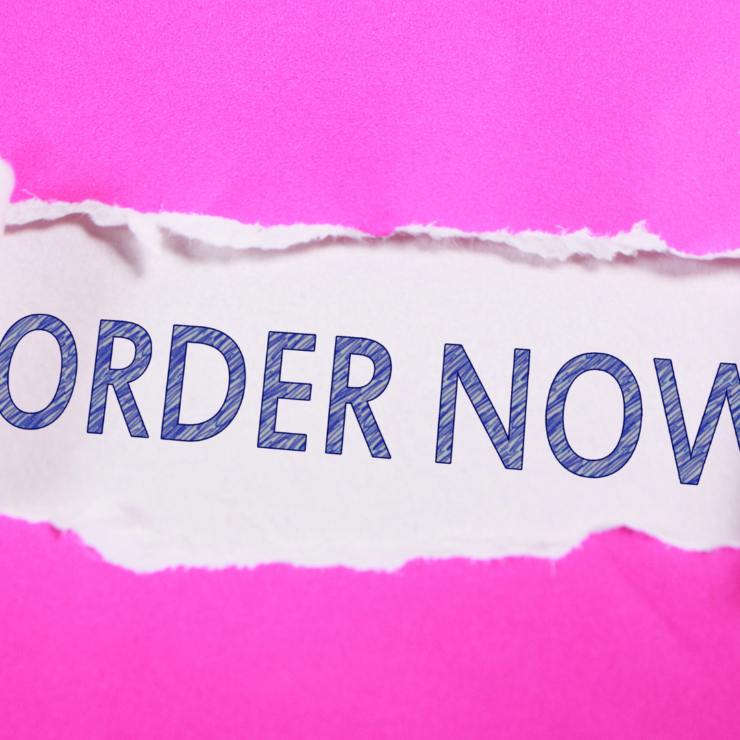In the constantly evolving world of ecommerce, businesses are constantly seeking innovative strategies to increase sales and drive customer engagement. One such powerful strategy is leveraging the psychological concept of scarcity. By creating a sense of limited availability or exclusivity, scarcity has the ability to tap into consumers’ fear of missing out (FOMO) and trigger a heightened sense of urgency to make a purchase. For Shopify store owners, understanding and effectively utilizing scarcity tactics can be a game-changer in boosting sales and maximizing profitability.
What is Scarcity and Why is it Important in Ecommerce?
At its core, scarcity refers to the limited availability of a product or the perception of its exclusivity. As human beings, we are wired to value things that are rare or hard to obtain. This innate desire drives us to take quick action when faced with scarcity, whether it’s purchasing a limited edition item or booking a seat for a highly sought-after event. In the realm of ecommerce, scarcity can be a powerful tool to guide consumer behavior and influence purchasing decisions.
When scarcity is strategically implemented, it can create a sense of urgency that compels customers to act swiftly in fear of missing out on a unique opportunity. By tapping into this psychological trigger, businesses can increase their conversion rates, generate more sales, and foster a deeper sense of brand loyalty.
Now that we have a clear understanding of scarcity and the Shopify platform, let’s explore the various types of scarcity tactics that can be employed to boost sales and create a sense of urgency in your Shopify store. In the following sections, we will delve into limited quantity scarcity, limited time scarcity, social proof scarcity, and exclusivity scarcity, providing actionable strategies, real-life examples, and insights into their effectiveness. Let’s dive in!
Types of Scarcity Tactics
Implementing scarcity tactics effectively on Shopify requires a deep understanding of the various types of scarcity and how they can be leveraged to drive sales and create a sense of urgency. In this section, we will explore four key types of scarcity tactics: limited quantity scarcity, limited time scarcity, social proof scarcity, and exclusivity scarcity.
Limited Quantity Scarcity
Limited quantity scarcity is one of the most commonly used tactics to create a sense of urgency and drive sales. By limiting the availability of a product, you tap into customers’ fear of missing out (FOMO) and create a heightened desire to secure the limited item. Customers are more likely to make a purchase when they perceive a product as rare or exclusive.
When implementing limited quantity scarcity on Shopify, it is essential to communicate the scarcity factor clearly. Clearly state the limited quantity available, and consider utilizing visual cues such as progress bars or countdown timers to visually represent the diminishing availability. Additionally, consider highlighting the number of units sold or the percentage of stock remaining to further emphasize the scarcity.
To effectively implement limited quantity scarcity, consider the following strategies:
- Conduct thorough market research to identify products that can be positioned as limited edition or exclusive.
- Determine the appropriate quantity to restrict, taking into account demand, production capabilities, and the desired level of scarcity.
- Create a sense of urgency through compelling messaging and visual cues that highlight the limited availability.
- Monitor and update product availability in real-time to ensure accurate stock levels are reflected on your Shopify store.
By leveraging limited quantity scarcity on Shopify, you can create a sense of urgency that drives customers to make a purchase before the limited stock runs out.
Limited Time Scarcity
Limited time scarcity is another effective tactic to create a sense of urgency and drive sales. By imposing a time constraint on the availability of a product or offer, you tap into customers’ natural inclination to act quickly before the opportunity expires. Limited time scarcity can be used in various scenarios, such as flash sales, time-limited discounts, or exclusive offers for a specific duration.
To implement limited time scarcity on Shopify, consider the following strategies:
- Clearly communicate the duration of the offer, whether it’s hours, days, or weeks.
- Utilize countdown timers prominently on your product pages or homepage to visually convey the diminishing time.
- Leverage email marketing campaigns to notify customers about limited time offers and create a sense of urgency.
- Consider offering exclusive bonuses or incentives to incentivize immediate action.
When implementing limited time scarcity, it’s crucial to strike a balance between creating urgency and providing customers with enough time to make an informed decision. Too short a time frame may lead to missed opportunities, while too long a duration may dilute the perceived scarcity.
Social Proof Scarcity
Social proof scarcity leverages the power of social validation to create a sense of scarcity and drive sales. It capitalizes on the human tendency to rely on others’ behavior and opinions when making decisions. By showcasing the popularity and desirability of a product through social proof, you instill confidence in potential buyers and create a sense of urgency to make a purchase before the item is no longer available.
To implement social proof scarcity on Shopify, consider the following strategies:
- Encourage customers to leave reviews and testimonials on your product pages.
- Showcase the number of units sold or the number of customers who have purchased the product.
- Display real-time notifications of recent purchases to create a sense of urgency.
- Leverage influencer marketing or collaborate with brand ambassadors to amplify social proof.
By incorporating social proof scarcity on your Shopify store, you provide customers with validation and assurance that the product is in high demand, thus increasing the likelihood of conversion.
Exclusivity Scarcity
Exclusivity scarcity involves positioning a product or offer as exclusive, available only to a select group of customers. This tactic taps into customers’ desire to be part of an exclusive club or to own something unique. By limiting access to a product or offering exclusive benefits, you create a sense of exclusivity and drive customers to make a purchase to gain entry into the exclusive group.
To implement exclusivity scarcity on Shopify, consider the following strategies:
- Create VIP or loyalty programs that offer exclusive perks, discounts, or early access to new products.
- Limit access to certain products or collections to specific customer segments, such as high-spending customers or subscribers.
- Collaborate with influencers or industry experts to create limited edition or co-branded products.
- Communicate the exclusivity factor through targeted marketing campaigns and messaging.
By leveraging exclusivity scarcity on Shopify, you not only create a sense of urgency but also foster a deeper sense of loyalty and engagement among your customers.
In conclusion, understanding the various types of scarcity tactics and how to implement them effectively on Shopify is key to driving sales and creating a sense of urgency. By leveraging limited quantity scarcity, limited time scarcity, social proof scarcity, and exclusivity scarcity, you can tap into customers’ psychological triggers and create compelling offers that drive conversions. Now that we have explored the types of scarcity tactics, let’s move on to the next section, where we will delve into the strategies for implementing these tactics on the Shopify platform.
Implementing Scarcity Tactics on Shopify
Now that we have explored the different types of scarcity tactics, it’s time to dive into the practical aspect of implementing these strategies on the Shopify platform. Shopify provides a range of features, tools, and integrations that enable store owners to seamlessly incorporate scarcity tactics into their ecommerce stores. In this section, we will explore the key steps and strategies for implementing scarcity tactics on Shopify.
Creating a Sense of Urgency with Product Descriptions
One of the most crucial elements of implementing scarcity tactics on Shopify is crafting persuasive and compelling product descriptions that create a sense of urgency. A well-written product description can effectively communicate the limited availability or exclusivity of a product and motivate customers to make a purchase before it’s too late.
When writing product descriptions, it’s important to:
- Clearly highlight the scarcity factor, whether it’s limited quantity or limited time.
- Use persuasive language that conveys a sense of urgency and emphasizes the unique benefits or features of the product.
- Incorporate storytelling techniques to engage customers and create an emotional connection.
- Utilize visual cues such as progress bars, countdown timers, or low stock notifications to visually represent the diminishing availability.
By crafting product descriptions that effectively communicate the scarcity and urgency, you can capture customers’ attention and incentivize them to take immediate action.
Countdown Timers and Limited Stock Notifications
An effective way to create a sense of urgency and drive conversions is by integrating countdown timers and limited stock notifications into your Shopify store. These visual elements serve as powerful reminders of the limited time or quantity available, creating a sense of urgency that motivates customers to make a purchase.
Shopify offers a variety of apps and plugins that allow you to easily add countdown timers and limited stock notifications to your product pages or homepage. These tools enable you to customize the design, placement, and behavior of the timers and notifications according to your specific needs.
When implementing countdown timers and limited stock notifications, consider the following best practices:
- Place the timers and notifications prominently on your product pages to ensure they catch customers’ attention.
- Clearly communicate the remaining time or available stock in a visually appealing format.
- Use persuasive and action-oriented language to encourage customers to act quickly.
- Update the timers and notifications in real-time to reflect the accurate availability or expiry time.
By incorporating countdown timers and limited stock notifications, you create a sense of urgency and scarcity that compels customers to make a purchase before it’s too late.
Leveraging User-generated Content for Social Proof
Social proof is a powerful psychological trigger that can enhance the effectiveness of scarcity tactics. By showcasing user-generated content, such as customer reviews, testimonials, or social media mentions, you can leverage the influence of others to create a sense of scarcity and drive sales on Shopify.
Encourage customers to leave reviews and testimonials on your Shopify store or third-party review platforms. Highlight positive feedback and ratings on your product pages to instill confidence in potential buyers. Additionally, consider incorporating social media feeds on your store to display real-time posts or mentions related to your products.
Shopify offers various apps and integrations that allow you to seamlessly collect and showcase user-generated content. These tools provide features like review request emails, widgets for displaying reviews, and social media feed integrations.
To effectively leverage user-generated content for social proof, consider the following strategies:
- Implement a review collection system to encourage customers to leave feedback after making a purchase.
- Showcase positive reviews and testimonials prominently on your product pages or homepage.
- Utilize social media feeds to display real-time posts and mentions related to your products.
- Consider collaborating with influencers or brand ambassadors to create social proof through sponsored content.
By incorporating user-generated content and social proof into your scarcity tactics, you create a compelling narrative that reinforces the scarcity factor and drives customers to make a purchase.
In this section, we have explored the practical steps and strategies for implementing scarcity tactics on Shopify. By creating a sense of urgency with persuasive product descriptions, integrating countdown timers and limited stock notifications, leveraging user-generated content for social proof, you can maximize the impact of scarcity on your Shopify store. Now that we have covered the implementation aspect, let’s move on to the next section, where we will delve into measuring and optimizing the effectiveness of your scarcity tactics.
Measuring and Optimizing Scarcity Tactics
To ensure the effectiveness of your scarcity tactics on Shopify, it’s crucial to measure and optimize their impact on sales and customer engagement. By analyzing key metrics and conducting A/B tests, you can gain valuable insights into the performance of your scarcity campaigns and make data-driven decisions to improve their effectiveness. In this section, we will explore the steps and strategies for measuring and optimizing your scarcity tactics on Shopify.
Tracking and Analyzing Scarcity’s Impact on Sales
Measuring the impact of your scarcity tactics on sales is essential to understanding their effectiveness and identifying areas for improvement. Shopify provides a range of analytics and reporting features that allow you to track and analyze key metrics related to your store’s performance.
Start by identifying the metrics that are most relevant to your scarcity tactics, such as conversion rate, average order value, or revenue generated during specific scarcity campaigns. Use Shopify’s built-in analytics dashboard to monitor these metrics over time and compare the performance of different campaigns or periods.
In addition to Shopify’s native analytics, consider integrating third-party analytics tools or apps that provide more advanced tracking capabilities. These tools can help you gain deeper insights into customer behavior, segment your data for more targeted analysis, and identify any bottlenecks or areas of improvement in your scarcity campaigns.
When analyzing the impact of your scarcity tactics on sales, consider the following best practices:
- Set clear goals and benchmarks for your scarcity campaigns, such as a target conversion rate or revenue increase.
- Regularly monitor key metrics and track the performance of different scarcity tactics or campaigns.
- Segment your data to compare the performance of different customer segments or product categories.
- Analyze the correlation between your scarcity tactics and other marketing efforts to understand their combined impact.
By consistently tracking and analyzing the impact of your scarcity tactics on sales, you can optimize your strategies and make data-driven decisions to drive better results.
A/B Testing and Optimization
A/B testing is a powerful method for optimizing your scarcity tactics on Shopify. By testing different variations of your scarcity elements, such as the wording of your product descriptions, the design of your countdown timers, or the placement of your limited stock notifications, you can identify the most effective strategies and continuously improve your campaigns.
To conduct A/B tests effectively, follow these steps:
- Identify the specific element or variation you want to test, such as different copywriting approaches or visual designs.
- Split your audience into two or more groups, with each group exposed to a different variation of the element.
- Monitor and measure the performance of each variation by comparing the key metrics you identified earlier.
- Analyze the results to determine which variation performs better in terms of driving sales or customer engagement.
- Implement the winning variation and continue testing other elements or variations to further optimize your scarcity tactics.
When conducting A/B tests, it’s important to test one element at a time to isolate the impact of each variation. This allows you to identify the specific changes that lead to improved performance and avoid confusion or conflicting results.
In addition to A/B testing, consider seeking feedback from your customers through surveys or user testing. Their insights and preferences can provide valuable guidance in optimizing your scarcity tactics and tailoring them to better meet their needs and expectations.
By continuously testing, measuring, and optimizing your scarcity tactics through A/B testing and customer feedback, you can continuously improve their effectiveness and drive better results on Shopify.
In this section, we have explored the importance of measuring and optimizing your scarcity tactics on Shopify. By tracking key metrics, conducting A/B tests, and seeking customer feedback, you can gain valuable insights into the impact of your scarcity campaigns and make data-driven decisions to continually improve their effectiveness. Now that we have covered the measurement and optimization aspect, let’s move on to the next section, where we will showcase case studies and success stories of businesses that have successfully implemented scarcity tactics on Shopify.
Conclusion: Harnessing Scarcity for Shopify Success
Scarcity is a powerful tool that can significantly impact the success of your Shopify store. By strategically implementing scarcity tactics, such as limited quantity scarcity, limited time scarcity, social proof scarcity, and exclusivity scarcity, you can create a sense of urgency that drives sales, increases customer engagement, and fosters brand loyalty. Throughout this blog post, we have explored the different types of scarcity tactics, strategies for implementation, measurement and optimization techniques, as well as real-life case studies of businesses that have successfully leveraged scarcity on Shopify.
Effective communication, seamless order management, and personalized customer communication are fundamental components of implementing scarcity tactics on Shopify. By crafting clear and compelling product descriptions, integrating countdown timers and limited stock notifications, leveraging user-generated content for social proof, you can maximize the impact of scarcity on your store.
Measuring the impact of your scarcity tactics and optimizing your strategies are crucial steps towards continuous improvement. By tracking key metrics, conducting A/B tests, and seeking customer feedback, you can gain valuable insights that allow you to refine your scarcity campaigns and drive better results.
As you embark on your journey to harness the power of scarcity on Shopify, remember that every store is unique. Experimentation, continuous testing, and adaptation to your specific target audience are key to finding the most effective strategies for your business. By tailoring your scarcity tactics to align with your brand identity, products, and customer preferences, you can create a shopping experience that engages customers, drives conversions, and sets your store apart from the competition.





